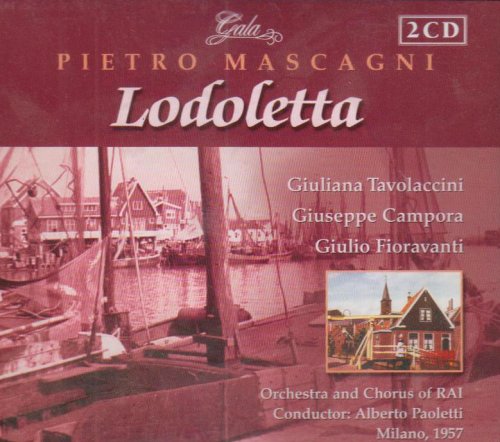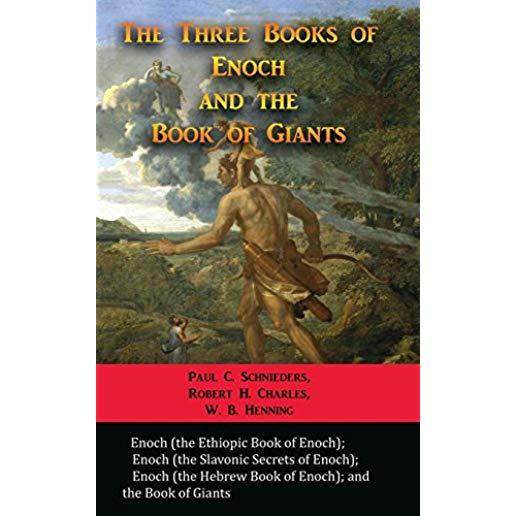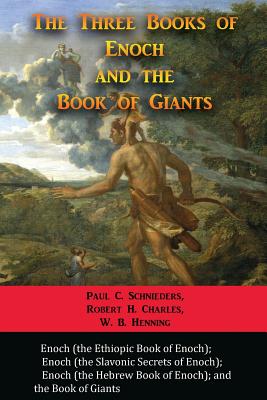
Warren, Brett R.
product information
description
7At a time when news of strange sicknesses, sudden deaths and a widespread interest in witchcraft was discovered in the kingdom, a response to the pandemic was published in a dissertation written by King James. This dissertation provided the public with special knowledge regarding the history, practices and study of magick but also included the differences between ancient Witchcraft, Necromancy, Sorcery and the magick arts with all the sub categories and derivatives. This dissertation not only explains in detail the history and practices of ancient witchcraft but takes care to educate the reader of the various forms and workings of the infernal order of demons; detailing the demonology of Satan, Spectra; evil spirits, Ziim, Iim, Incubi, Succubi, faries, brownies, familiar spirits and even further elaborates on the daemonic and demoniac sufferings of haunting, obsession and possession. This work became the inspiration of Shakespeare's Macbeth and even became a "how to" witch-hunter's manual that was studied and used by the infamous Matthew Hopkins who within just 2 years launched a series of witch hunts that resulted in the executions of an estimated 300 witches. The first publication of his work included a case study of how King James himself partook in a witch trial during the year 1591 that uncovered a plot to sabotage his wife, the Queen of Scots and overthrow the throne of Scotland with the use of satanic rituals and animal sacrifice. This dissertation titled D monologie was published in 1597, prior to the first publication of the King James Version of the Bible in 1611 and shows how the Original Hebrew of the Biblical Old Testament had contained within its verses the names of demonic or angelic entities that instead appear as animals in all the Greek and Latin translations from which the KJV derived. This edition of D monologie has been fully transcribed, edited and translated into modern English. It is further annotated with explanatory notes, definitions and also expanded with more content and contains discovery from more witch trial records that took place during the reign of King James, not previously published in the original. The content is as follows: Book I. - The Description of Magic.
Division of the Arts
Etymology. The Difference Between Necromancy & Witchcraft.
Rudiments & Devil's School. Division of Astrology
The Use of Charms. Forms of Circles & Conjurations
The Devil's Contract in Two Parts. Miracles of God vs Devil. Book II. - The Description of Sorcery & Witchcraft.
Biblical Proof vs Imagination & Myth.
Etymology of Sorcery. The First path of Apprenticeship
Division of a Witch's Actions. Adoration of their Master
Method of Transportation & The Illusions of Satan
The Curse & Remedy of Diseases
Least and Most Subject to Harm.
The Appearance of a Devil (Demonic Forms)
The Times and Forms a Devil Appears. / Denial Book III. - The Description of the Spirits.
The Four Principle Kinds.
Spectra. Method of Avoiding Their Trouble.
Obsession & Possession.
On Daemoniacs and the Possessed
Incubi & Succubi
Faries
Of the Trials and Punishments of Witches. Witch Trials: The North Berwick Witch Trials & the Death of Dr. Fian. Where an infamous group of witches (approximately 200) testified to plotting against the throne of Scotland and a satanic sacrificial ritual was performed to as an attempt kill the Queen of Scots, wife of prince James. The Discovery of the Witchcraft of Joane Flower and her daughters Margret and Phillip Flower that describes peculiar events revolving around the sudden and mysterious death of the honorable Frances, Earl of Rutland and all the examinations and confessions of the witches in Leicestershire that were used as evidence in the trial that took place during King James' reign of England.
Division of the Arts
Etymology. The Difference Between Necromancy & Witchcraft.
Rudiments & Devil's School. Division of Astrology
The Use of Charms. Forms of Circles & Conjurations
The Devil's Contract in Two Parts. Miracles of God vs Devil. Book II. - The Description of Sorcery & Witchcraft.
Biblical Proof vs Imagination & Myth.
Etymology of Sorcery. The First path of Apprenticeship
Division of a Witch's Actions. Adoration of their Master
Method of Transportation & The Illusions of Satan
The Curse & Remedy of Diseases
Least and Most Subject to Harm.
The Appearance of a Devil (Demonic Forms)
The Times and Forms a Devil Appears. / Denial Book III. - The Description of the Spirits.
The Four Principle Kinds.
Spectra. Method of Avoiding Their Trouble.
Obsession & Possession.
On Daemoniacs and the Possessed
Incubi & Succubi
Faries
Of the Trials and Punishments of Witches. Witch Trials: The North Berwick Witch Trials & the Death of Dr. Fian. Where an infamous group of witches (approximately 200) testified to plotting against the throne of Scotland and a satanic sacrificial ritual was performed to as an attempt kill the Queen of Scots, wife of prince James. The Discovery of the Witchcraft of Joane Flower and her daughters Margret and Phillip Flower that describes peculiar events revolving around the sudden and mysterious death of the honorable Frances, Earl of Rutland and all the examinations and confessions of the witches in Leicestershire that were used as evidence in the trial that took place during King James' reign of England.
member goods
No member items were found under this heading.
listens & views

MASCAGNI: LODELETTA
by MASCAGNI / TAVOLACCINI / RAI ORCH / PAOLETTI
COMPACT DISCout of stock
$12.99
Return Policy
All sales are final
Shipping
No special shipping considerations available.
Shipping fees determined at checkout.






